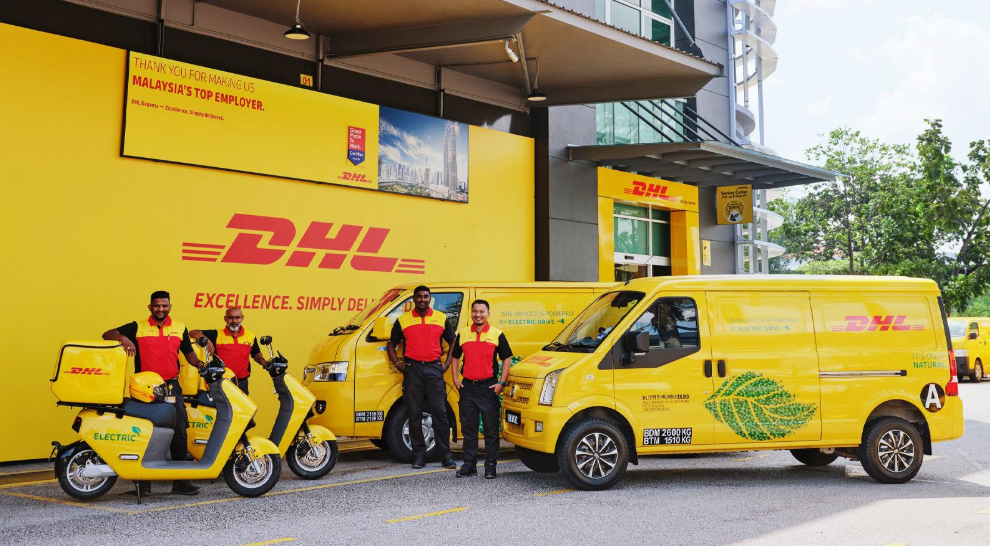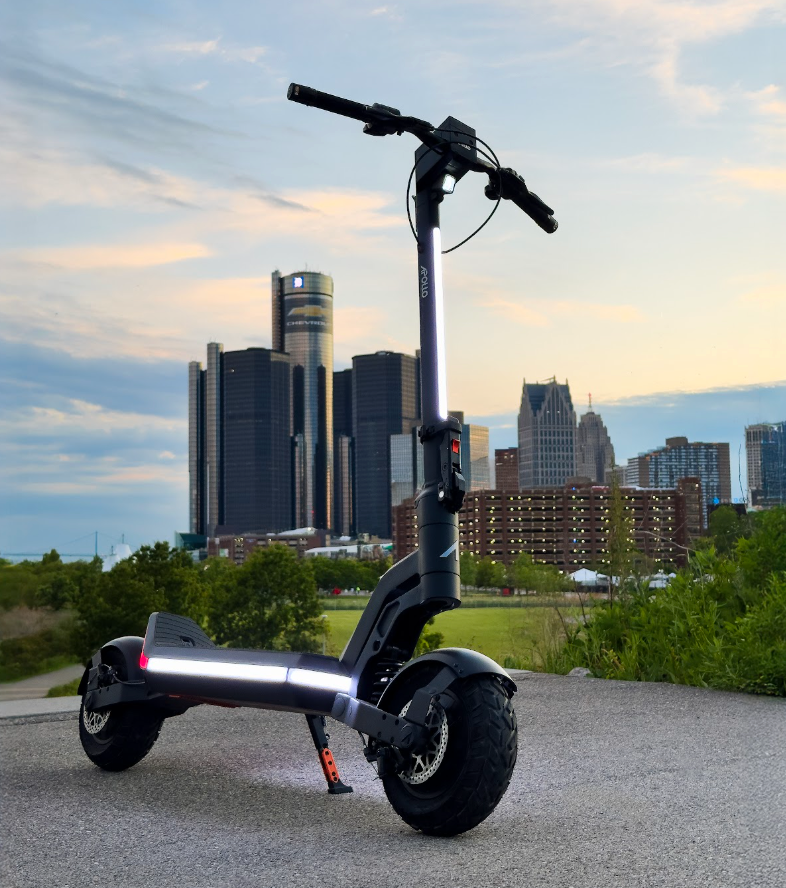As cities become denser and on-demand services like Uber Eats continue to rise, last-mile delivery—the final stretch of a product’s journey from a distribution hub to the customer’s door—has never been more critical. However, it also brings major challenges: urban congestion, environmental impact, and rising fuel costs.
That’s where electric scooters are stepping in. Compact, agile, and sustainable, e-scooters are redefining how goods move through cities and transforming the efficiency of last-mile delivery.
The Growth of Last-Mile Delivery
It all starts with e-commerce and its explosive growth over the past few years. Online shopping has completely changed consumer expectations—from how people buy to how quickly they expect their orders to arrive, and even how easily they can return items. Today, e-commerce represents over 20% of global retail sales, driving an unprecedented surge in deliveries.
While this shift brings convenience for consumers, it’s also created new challenges: urban congestion, higher emissions, and rising delivery costs. If things continue as they are, carbon emissions from deliveries could rise by 60% by 2030. Yet, more sustainable options often come with higher costs—something neither most customers nor businesses are eager to absorb.

Cities are also feeling the pressure. Delivery vans and trucks clog streets and add to pollution, pushing urban planners to look for cleaner, smarter alternatives. That’s where electric scooters come in—part of a broader movement toward sustainable urban logistics, alongside electric vehicles, e-bikes, and even drones.
Why E-Scooters Are a Good Delivery Solution
First, let’s be completely honest. Electric scooters are a good option for last mile delivery but only for select things. Obviously, they have no reason to be in the delivery of furniture - or big heavy tools - but they are perfect for food delivery, running errands, especially in cities where there’s many hills or it's difficult for bikes or ebikes.
They are reliable, have good acceleration power, they can park easily and navigate the city streets easier - specially on those where there’s a lot of infrastructure for bike lanes. Now, there’s many other mediums of transportation that are growing as last-mile delivery options, but we’re focusing on E=scooters in this article.
Advantages of Using E-Scooters for Deliveries
-
Improved Efficiency
E-scooters are more efficient than cars. It allows couriers to complete more deliveries in less time, especially during peak hours when traffic is neverending. -
Reduced Operating Costs
Electric scooters are less expensive than cars, they have less maintenance costs, and no fuel costs; businesses can cut expenses and improve profit margins — a key advantage in competitive delivery markets. -
Sustainable Transportation
Compared to cars, e-scooters are more sustainable. They produce zero tailpipe emissions and consume a fraction of the energy used by gas-powered vehicles. -
Accessibility & Flexibility
Their small footprint enables riders to access areas with limited parking or pedestrian-only zones, allowing riders to have easier access to more places.
Challenges and Considerations in E-Scooter Deliveries
While e-scooters offer many advantages, they also come with their fair share of challenges — making them a great option for last-mile delivery, but not always the #1 choice.
-
Regulatory Restrictions
Not every city allows e-scooters on public roads. Regulations vary widely, and in some regions, they’re still limited to bike paths or banned altogether. This means local laws often determine whether e-scooters can even be part of a delivery fleet. -
Payload Limitations
E-scooters are ideal for light goods and food deliveries, but they simply can’t handle bulky or heavy items. This limits their scope to smaller, quick-turnaround deliveries. -
No Built-In Storage
Unlike cars or motorcycles, scooters don’t have a trunk. Some riders improvise with custom-made trailers or wagons, but these are not widely adopted due to safety concerns. For now, e-scooters remain best suited for single-package or food deliveries. -
Safety and Infrastructure
Many cities are still developing dedicated scooter lanes, parking zones, and safer infrastructure. Until these improvements are widespread, e-scooter delivery riders may face challenges with both road safety and secure storage.
Case Studies: E-Scooters in Last-Mile Logistics
-
Uber Eats & other food delivery companies have introduced e-scooter delivery fleets in select cities, helping reduce congestion and emissions while improving delivery times and employee experience.
-
DHL Express is starting to integrate electric two-wheelers (seated e-scooters) as part of their sustainability strategies. While these are not the same type of electric scooters we’re talking about, it’s the start and we could expect to start seeing other vehicles integrated into the fleet.

These examples highlight how e-scooters are no longer a consumer trend — they’re becoming an essential tool for commercial logistics.
The Future of Last-Mile Delivery with E-Scooters
As mentioned earlier, last-mile delivery has become a critical focus for both businesses and city planners. The industry needs to evolve, and fast, if we want to prevent growing congestion and emissions from becoming unmanageable.
The key lies not just in electrifying transportation, but in rethinking how goods move through cities. Sustainable logistics require solutions that reduce traffic, cut costs, and remain practical for businesses to operate.
E-scooters represent one of several promising tools in this shift toward cleaner, smarter urban delivery systems. While they’re not ideal for every use case — given payload limits and regulations — they play an essential role in creating a more sustainable and diversified last-mile ecosystem.






